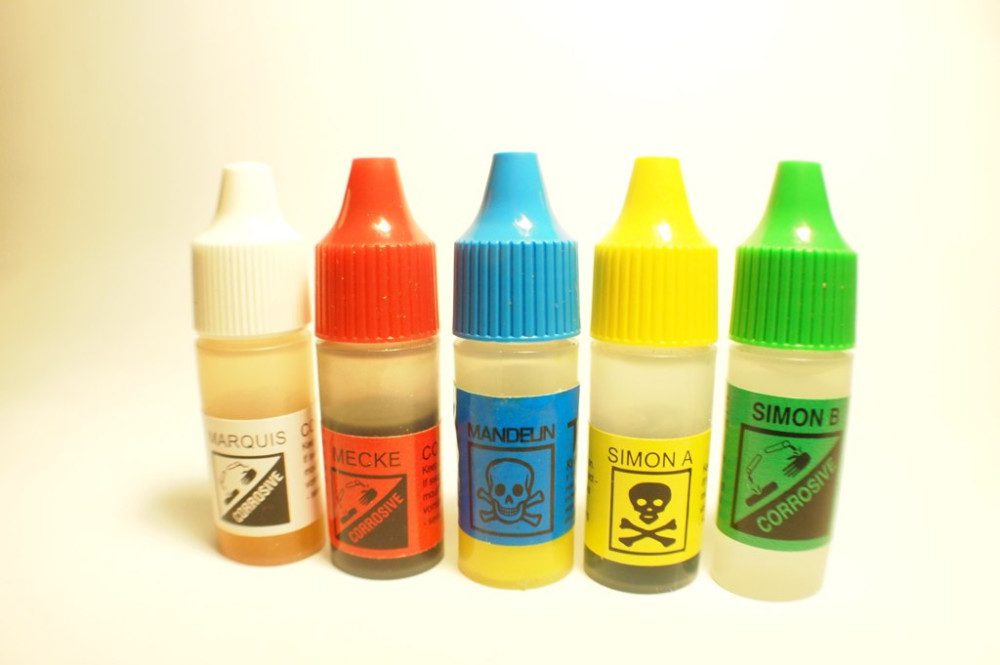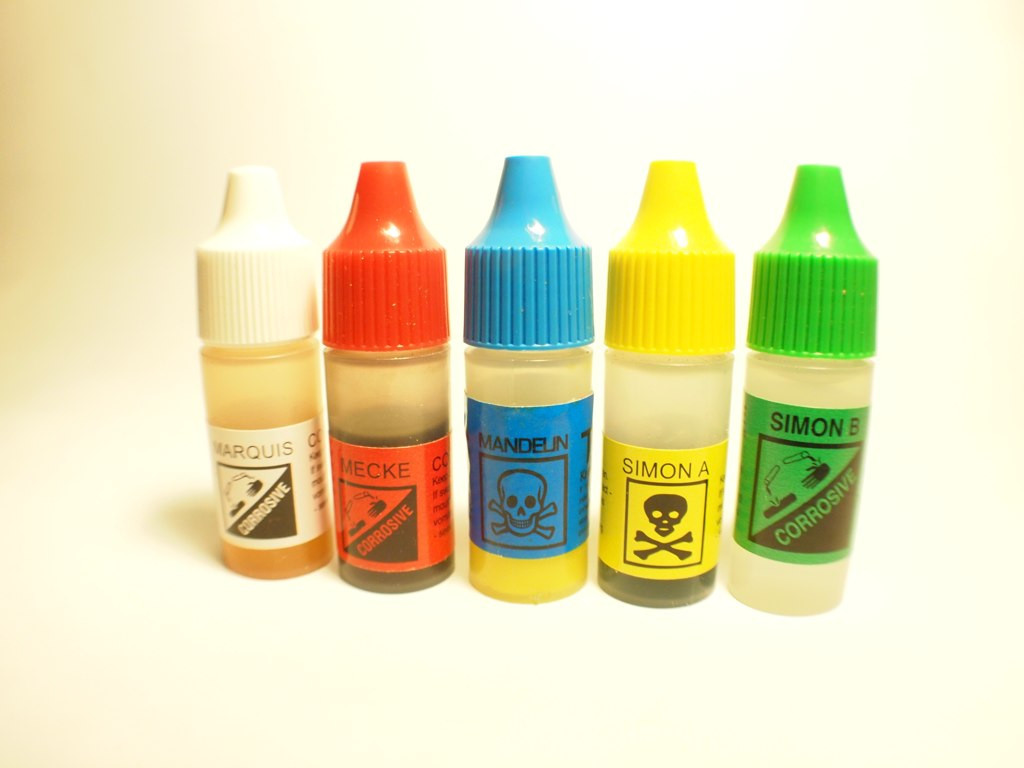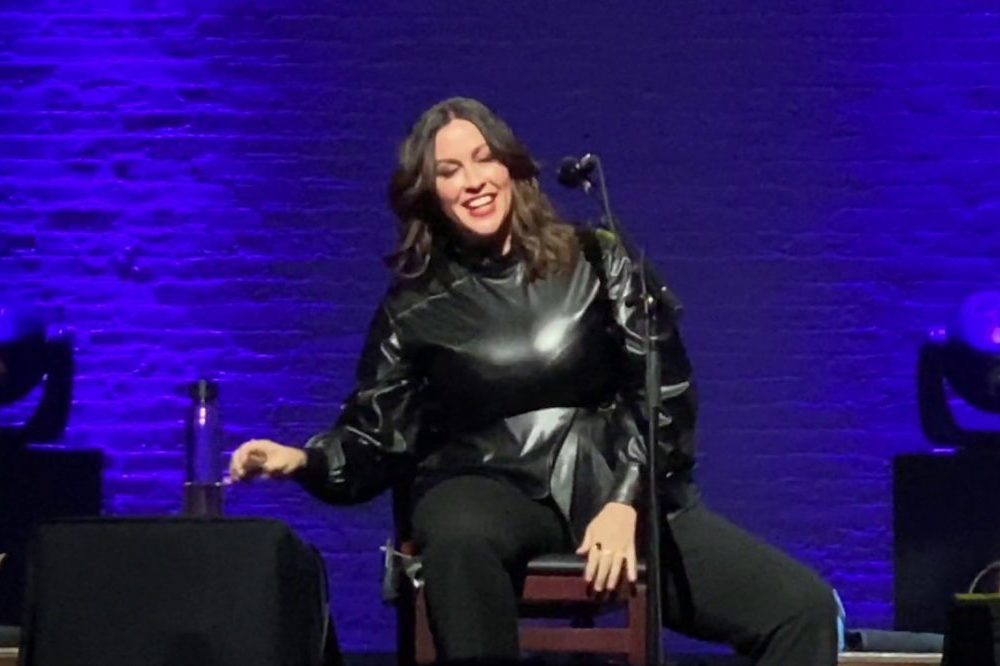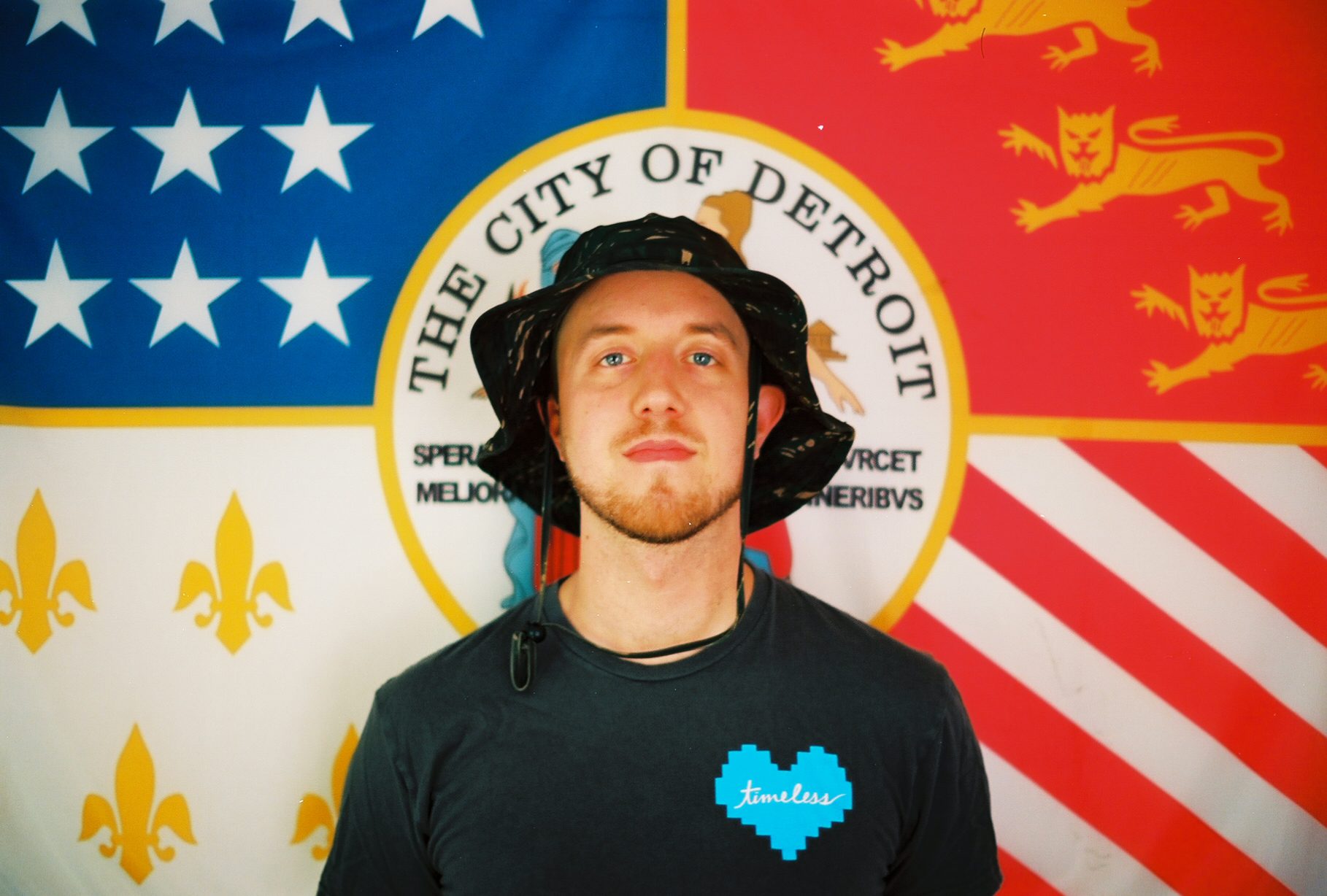

If you grew up in the US, you probably heard “say no to drugs” in middle school health class, but you probably didn’t learn how to reduce harm if you did use drugs. And, chances are, you didn’t follow DARE’s advice. The majority of American adults have smoked weed at some point, according to a 2017 Marist College poll, and a 2014 National Survey on Drug Use and Health survey found that over 17,000 Americans ages 12 and over had used MDMA, over 22,000 had used magic mushrooms, and 25,000 had used acid.
Music festivals in particular are popular sites for drug use; a March 2015 DrugAbuse.com study of Instagram posts about 15 popular music festivals found that 25,605 mentioned MDMA, 9,705 mentioned weed, and 4,779 mentioned cocaine.
In order to reduce the risk of drug-taking at music festivals, some organizations like Energy Control and DanceSafe set up booths on festival grounds, where attendees can get their drugs checked for contaminants and receive information about harm reduction. These programs have garnered some pushback from people who believe they could encourage drug use.
Paul Komesaroff, Professor of Medicine at Monash University in Australia, President of Adult Medicine in the Royal Australian College of Physicians, and a practicing physician, is an advocate for drug-checking programs who has researched the analytical techniques they utilize. I asked him about how drug-checking works, what impact it has (and doesn’t have), and what obstacles are preventing it from becoming more widely available.
AF: Why are drug-checking programs at festivals important?
PK: I think it’s important for us to understand that drug-taking is something that’s here to stay, but drug-taking is not just one thing. There are different people who take all sorts drugs for different reasons. Homeless people who are on the street and shoot up heroin are very different from young university students who might go to dance parties or music festivals and take ecstasy, for example, or smoke marijuana. So it’s important not to think of drug-taking as one thing. For some people, it’s a deep attempt to escape reality. For some, it’s a lifestyle choice, or people may do it to alter their experience or perceptions of the world. There are different reasons, some more valid than others. When we’re thinking about the way in which society should respond to recreational drug-taking, it’s important to understand this variability and to focus on what particular risks people face in different settings and what their needs might be in recent years.
It’s well known, of course, that a major problem with illicit drugs that are obtained through dealers, illegal networks, is that the purity is very variable because you depend on the word of someone who is supplying it, and they’re often produced in risky circumstances. Some of the testing programs have shown that of substances that have been taken for testing, up to 50% don’t contain anything they refer to, or they have contaminants. Contaminants may be things to pad them out — there are powders, there might even be toothpaste to increase the bulk and the weight — there’s no limit to what those substances can be. There’s been a lot of unfortunate events at music festivals — people supply drugs of poor quality, and people are taking overdoses or dying or becoming critically ill because of the impurity of the substances.
So, in this setting, the possibility has arisen of giving somebody advice and guidance without judging them, still recognizing these behaviors are going to occur but with the purpose of minimizing the chance of experiencing serious harm. In the past, law enforcement or public policy approaches to drug taking have been very crude. It’s focused on large-scale messages: “say no to drugs.” We know those don’t reduce harm associated with drugs. They increase the harm by driving people into criminality and by insuring the substances supplied are of unknown composition and impurity, and they often have toxic, dangerous contaminants, and it’s in this setting that pill-testing has come out.
AF: How does drug-testing at festivals work?
PK: It’s been around in European countries for more than 20 years. We can offer people the opportunity to test for particulate contaminants, and we can test for the concentration of what they think they’re taking. We can test to determine the purity, and technologies have a pretty high level of reliability right now. But we can combine that with a process of counseling, information, and advice.
The programs operate a bit differently in different places, but typically, what would happen is, there’s a testing caravan set up in a corner of the venue, and the people will be invited to attend. There would have to be an arrangement with the local authorities and the police because you don’t want people who, in good faith, are coming to obtain advice, who are then accosted by law enforcement. The people in the testing center will be asked to sign a waiver recognizing there are limits to the information being given and there won’t be any legal consequences to the information or advice they receive. They would be assured of confidentiality, and then they’ll speak to a counselor, who will talk to them about what it is they’re planning to do and what the questions might be. They may be asked to fill out some forms, or it may be offered to them to fill out some forms. The data may be collected on who’s coming and what their needs are, and that’s important to prove that such programs do what we think here likely do.
Then, they’ll be given an identification code and they’ll go away, and the substance will be put through the testing machine. There are rather sophisticated technologies that can be used, and the result can usually be delivered in 40 or 60 minutes now. The results will be posted outside the compound, so there might be a board saying ‘the substance with this ID code number has dangerous substances, don’t take it” or some more specific information. People will provide a sample of what it is they’re planning to take — they might buy half a dozen pills and give one to be tested or something like that — so there’s no question of returning materials. So the choices are with the young people themselves of whether they take the advice, but the people running the testing programs have the opportunity to ask them if there are particular concerns they have, then to provide them with data from the scientific tests.
AF: What are the obstacles to these programs?
PK: There’s a lot of opposition to pill-testing programs. There are two main concerns, both of which have validity. The first is how accurate the testing can be, and the second is whether you’ll do more harm than good by luring people into a false sense of security. The reliability of the testing is good but not foolproof, and you can only find what you’re looking for. You can test for known toxic substances. It’s important that the information is not overstated or exaggerated and the people who are seeking the information are informed about what we can and can’t know.
What’s often found in pill testing is, the substance either doesn’t contain what’s being promised — it may not have any cocaine or MDMA — or they might have specific dangerous contaminants. As an additional potential benefit, if it looks like there’s something going around, then a warning can be issued to everyone around saying, “Be careful, we know there are substances of this sort going around.” So the reliability is reasonable, but it’s not perfect, so it has to be carefully stated so people are not misled into thinking they’re safer than they are.
The other question is more tricky, which is whether or not, if there’s pill testing, people will actually be encouraged to take dangerous drugs. And that’s the main reason for opposition, particularly from conservative critics. The evidence really doesn’t support that view, however. If someone actively seeks information about a substance — they come to a testing center and they speak with someone face to face and say “I want to make sure this doesn’t have some toxic ingredient” — it’s extremely unlikely that this will increase their activity. The emphasis is not on encouraging people to take drugs but to give them the information so they can make whatever choices they want to make themselves.
AF: Do these services actually prevent people from using dangerous drugs?
PK: There’s good evidence with the programs operating in Europe that with an approach like this, we can reduce the harm people are exposed to. It’s not a panacea for the drug-taking problem. It’s not a way to stop people taking drugs en mass. It doesn’t necessarily change any of the other programs in operation. But a certain group of people who are at risk who are actively seeking information about what it is that they can take, it will actually reduce the harm they’re exposed to.
It’s really difficult to collect reliable data in this area for some obvious reasons: people come anonymously, and we don’t follow them up because that’s part of being able to conduct these programs safely. So, it’s difficult to assess whether we’re saving lives by undertaking programs like this. That’s one of the major controversies about pill testing, so we need to be able to find ways to address that. I mentioned before that nowadays, people coming to these centers would be invited to fill in some forms about themselves. They might be asked to give some demographic information about their age or status or ethnicity so we can see who is using these centers or what sorts of concerns they might have.
What we do know is that when we ask people in general terms about how they would deal with information of this sort, about 80% of people say that if they are advised that there is something wrong with the the pills they provided for testing, they wouldn’t take them. That doesn’t mean that’s what people do in practice, but if someone comes to the center actually seeking advice and they give one of their pills to be tested and then are told its dangerous, it isn’t logical they’d ignore that advice if they’re going through all that trouble.
AF: Do you know why these programs seem more popular in Europe than the US?
PK: I think the obstacles are cultural and legal more than anything else. I think it’s fair to say the culture in the US is a bit more conservative than in some European countries like the Netherlands, which has led the way in drug policy. I think the broad cultural environment is probably the main thing, and the legal enforcement approach also will follow from that.
AF: Anything else you want to add?
PK: For a long time, in this area and others, the approach to potentially dangerous substance use — and that includes alcohol and tobacco as well as recreational drugs — the main social policies have focused on prevention and law enforcement, and the educational advice has just told people blindly not to use them, and we know that doesn’t work. We know that’s not effective in some areas, such as alcohol and tobacco use, and other areas associated with public safety, such as road safety.
We’ve got to have a range of more sophisticated approaches for the road. We have seat belts, air bags, and a range of educational programs about alcohol use and speeding. And we know, together, this array of approaches does have an effect on road safety. The same applies to alcohol: Telling people not to drink or to drink in moderation is not enough to reduce harm associated with alcohol use. You need a range of programs that includes education in schools, ways alcohol might be advertised or packaged or produced. The same applies to tobacco and other things. We know that simply telling people not to do things or punishing them for doing them doesn’t reduce the harm to society but may increase it.
The same applies to use of recreational drugs, and we do have the experience of safe needle programs, safe injecting rooms, and so on. There is good evidence that these programs reduce the transmission of HIV, AIDs, hepatitis C, or other communicable diseases like that, so we’ve got evidence from other areas to support the idea that carefully focused and modulated messages to particular groups of people who can hear what it is that they’re saying can have a beneficial effect on people’s behaviors.




